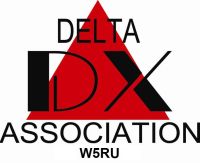|
Although the ISS provides digital modes of
communication via packet radio, the emphasis here will be on voice communication.
The downlink (Rx) and uplink (Tx) frequencies for voice are provided above.
Program your VHF station/mobile/HT to use the downlink fx with a down-shift
(-) offset of 1.310 MHz. Most VHF radios are capable of being programmed
with shift frequencies other than the standard 600Hz. Go to one of the
first 3 websites below for tracking schedules for your location. When
the ISS is within a range of 500 miles of your location, and if the operator
is available, QSOs can usually be made with a typical VHF transceiver:
mobile, base, or even an HT. A weekly email of scheduled flyovers for
your location is available from NASA.
Also, listen for the sound of packet signals on 145.800 preceding a flyover.
The QSO protocol is to listen on the downlink fx until you hear the operator
call CQ, QRZ?, or ask for a call; whereupon you then give your callsign
phonetically once. If the operator responds to you, give your callsign
again and a signal report, along with a brief comment or query if you
wish. That's it! For USA hams, QSL via: ARISS QSL, c/o ARRL.
To here what a QSO sounds like, right click here
to download an audio clip of a QSO made by Randy, WX5L, with Bill McArthur,
KC4ACR, as he was operating as NA1SS on Flight 12. Give it a try and good
luck with your contact!
|


